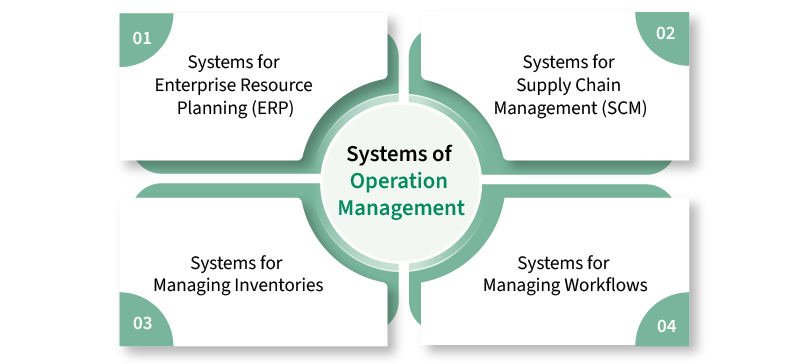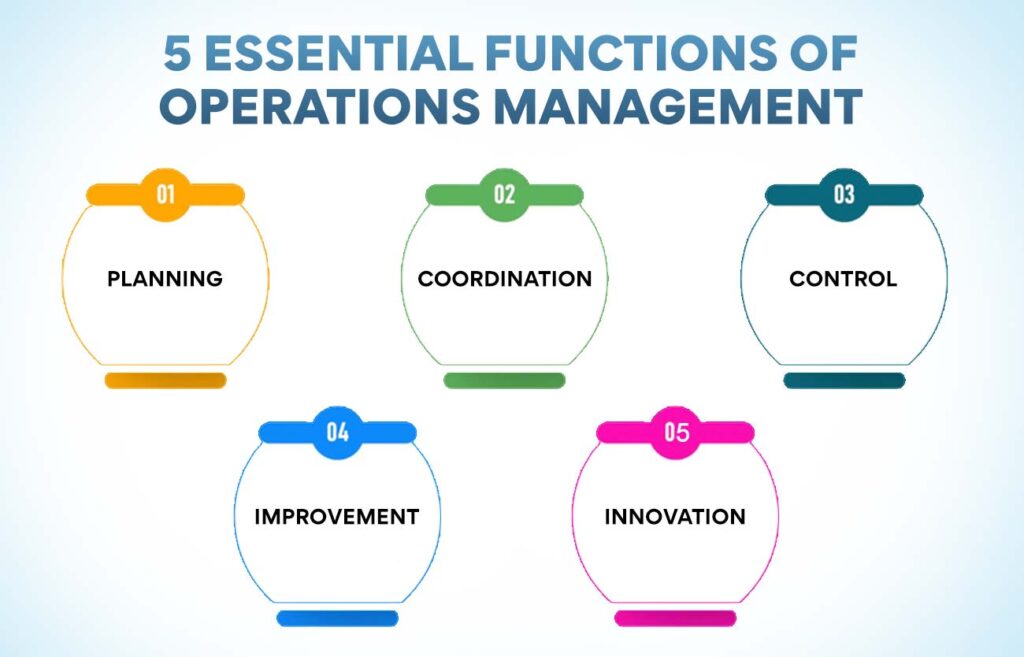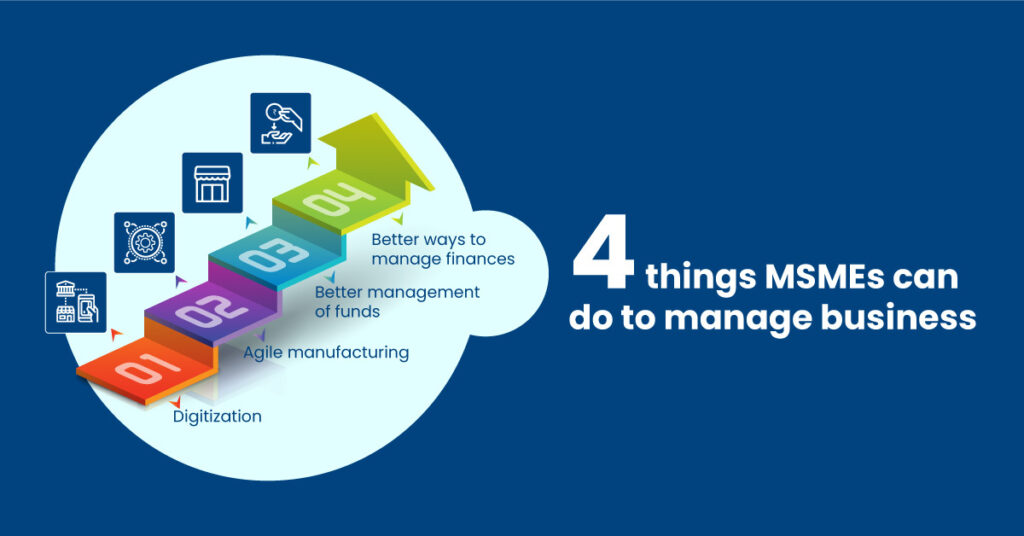
- August 8, 2025
- wallahleads@gmail.com
- 0
In today’s highly competitive and fast-paced market, Micro, Small, and Medium Enterprises (MSMEs) face numerous challenges—from limited resources to fierce competition and rapid technological changes. One of the most effective ways to navigate these challenges is by streamlining and strengthening your Business Operations Management.

Whether you’re a small manufacturing firm, a retail shop, a tech startup, or a service provider, having a clear understanding of business operations management (BOM) can significantly boost your efficiency, profitability, and long-term sustainability.
In this blog, we’ll explore what Business Operations Management really means, its key components, and how it can help your MSME run better.
What is Business Operations Management (BOM)?
Business Operations Management refers to the planning, organizing, and supervising of the core processes that produce and deliver your products or services. It focuses on optimizing the use of resources such as manpower, materials, equipment, and technology to achieve maximum efficiency and productivity.
In simpler terms, it’s about how your business gets things done—from sourcing raw materials and managing inventory to delivering services and ensuring customer satisfaction.
Key Objectives of BOM:

Increase operational efficiency
Reduce costs and waste
Improve product or service quality
Streamline workflows and processes
Ensure timely delivery and customer satisfaction
Why is Business Operations Management Crucial for MSMEs?
MSMEs often operate with tight budgets, limited manpower, and scarce resources. This makes it even more critical to run operations in a well-organized, lean, and productive manner.
Here’s how BOM can benefit your MSME:
1. Improved Productivity
Efficient operations mean that your team spends less time fixing problems and more time delivering value. Streamlined processes ensure that every task adds to the bottom line.
2. Cost Efficiency
With better inventory control, resource planning, and production schedules, you can cut down on waste, minimize delays, and lower operational costs—critical for MSMEs that need to maximize every dollar.
3. Better Quality Control
BOM incorporates quality assurance at every stage, helping you consistently deliver products or services that meet customer expectations.
4. Stronger Customer Satisfaction
Happy customers are loyal customers. By improving service delivery, reducing lead times, and maintaining quality, you enhance your brand reputation and customer retention.
5. Scalability
Good operations management lays the foundation for future growth. When processes are defined and optimized, it becomes easier to scale without chaos.
Core Components of Business Operations Management

For MSMEs, the following elements form the backbone of BOM:
1. Process Management
Defining and optimizing the processes that convert inputs into outputs. For example:
Manufacturing steps
Order fulfillment processes
Customer service workflows
2. Supply Chain Management
Managing the flow of goods and services, including:
Vendor relationships
Procurement strategies
Inventory management
3. Quality Management
Setting quality benchmarks and ensuring that your product or service consistently meets them.
4. Resource Management
Efficient use of all resources—human, physical, financial, and informational. It includes:
Workforce planning
Equipment maintenance
Budget optimization
5. Technology Integration
Using digital tools and software to automate tasks, manage data, and monitor performance. For instance:
Inventory management systems
CRM platforms
Project management tools
How to Implement BOM in Your MSME: Step-by-Step

Step 1: Assess Your Current Operations
Start by identifying bottlenecks, inefficiencies, and areas where you’re losing time or money.
Step 2: Set Clear Goals
Define what you want to achieve: Lower costs? Faster deliveries? Improved quality? Clear goals guide your operational improvements.
Step 3: Map Out Key Processes
Document how things are done currently. This helps you identify steps that can be removed, automated, or improved.
Step 4: Adopt the Right Tools
Use affordable tech solutions tailored for MSMEs:
Accounting software (e.g., QuickBooks, Zoho Books)
Inventory tools (e.g., inFlow, TradeGecko)
Workflow management (e.g., Trello, Asana)
Step 5: Train Your Team
Your people are critical to successful implementation. Ensure they understand new processes and tools.
Step 6: Monitor and Optimize
Track performance regularly using key metrics like:
Cost per unit
Lead time
Customer satisfaction rate
Error or defect rate
Make continuous improvements based on the data.
Common Challenges and How to Overcome Them
| Challenge | Solution |
|---|---|
| Lack of resources | Start small; prioritize high-impact areas |
| Resistance to change | Communicate benefits clearly; involve employees early |
| Limited tech know-how | Use user-friendly, cloud-based software |
| Scaling pains | Establish standard operating procedures (SOPs) early |
Real-Life Example: How BOM Helped a Small Bakery
A small local bakery struggled with inconsistent deliveries and frequent stock-outs. By implementing basic operations management:
They digitized inventory tracking using a free app
Created a production schedule based on sales trends
Trained staff to follow clear SOPs
Result: Wastage dropped by 40%, customer complaints reduced, and they opened a second outlet within a year.
Final Thoughts
Business Operations Management is not just for large corporations—it’s a vital strategy for MSMEs seeking to stay competitive, reduce waste, and grow sustainably. By understanding and optimizing your daily operations, you build a business that’s efficient, resilient, and ready to scale.
Whether you’re just starting or looking to fine-tune your business, investing in good operational practices today can set your MSME up for long-term success.
Ready to streamline your operations?
Start with a simple audit of your current processes and explore cost-effective tools that suit your business. Remember—small changes can lead to big results.

